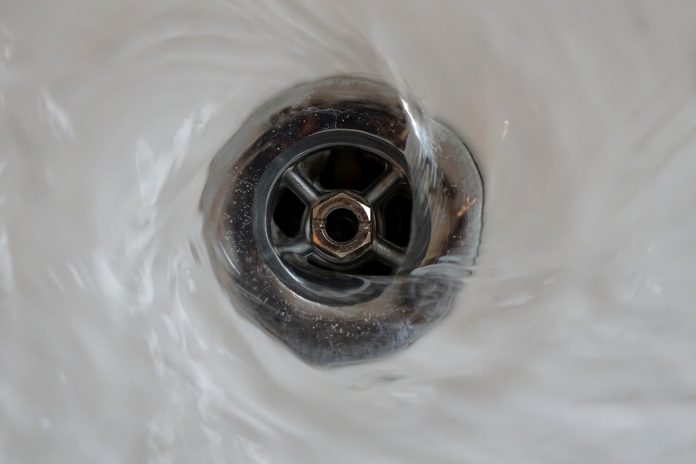By James Dulley
Dear James:
We just moved into a house with a septic tank system. Should we change any of our water usage habits now? How to do we keep it maintained and can we still use a garbage disposer as always?
— Steve M.
Dear Steve:
Septic sewage systems are excellent for purifying home wastes and they do it naturally without dangerous chemicals such as chlorine or ozone gas.
They are very common in the U.S. People often think of septic systems as being used only in rural areas, but they are used in millions of homes in suburbia.
You and your children should not have to make any major lifestyle changes to accommodate living with a septic system. The only possible change is to limit simultaneous huge wastewater tasks.
Waste
Don’t empty two bathtubs full of water and the clothes washer at the same time. This high-volume rush of water can force particles out into the drain field.
As with a standard sewer system, limit the amount of heavy grease that is flushed down the kitchen drain. This may clog the drain and it may create problems inside the liquid portion of your septic system.
Limited the amount of strong cleaners, solvents, antimicrobial soaps which may harm the bacteria in the tank.
Using a garbage disposer should not create a problem for the septic system as long as you limit the grease content. The tiny ground food particles can provide a good nutrient source for the bacteria inside the tank.
Don’t flush solid items such as cat litter or sanitary napkins down the toilets.
Some companies, such as In-Sink-Erator, have special food disposers designed just for septic systems. These automatically dispense natural additives into the drain water to assist the bacteria in breaking down the foods and waste in the tank.
Components
As a brief background, a septic system has two basic components: a liquid tank and a drainfield.
The bacteria in the tank break down the waste and particles into liquid. A small percentage of solids remain and settle into the bottom of the tank. This is why the tank must be cleaned out periodically.
The liquid is slowly released through long perforated pipes buried in gravel to a large area of your yard. Here the bacteria in the soil complete the decomposition of the remaining wastes.
When the process is complete, the original wastes are just natural water and nutrients for the soil and plants.
The roots of the grass and other plants growing on the drainfield also play a significant role in purifying the wastes. Make sure the grass and plants stay healthy and you should not have any odors or other problems in the drainfield.
Appliances
If you are purchasing some new appliances for your home, select low-water usage models. A front-loading clothes washer uses much less water per load, so less water must be handled by the septic system when it drains.
A dishwasher is another heavy water usage appliance. Select one with a double-pump design.
These clean the dishes better and require smaller water reservoirs, so less water is used.












My husband and I just recently moved into a home with a septic system, and we would love to know ways to put less stress on our system. That is great to know that we shouldn’t have a huge rush of water at any time. We wouldn’t want to push particles out into the drain field and create a problem! Thanks for the information!